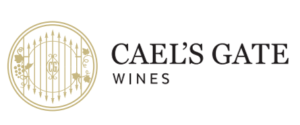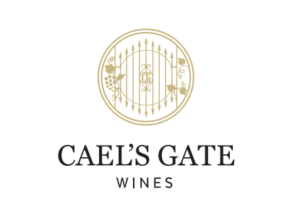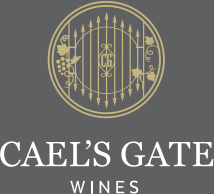- +61408098596
-
697 Wollombi Road, Broke NSW
2330 - Australia
Winemaking
The Delicate Art Of Winemaking
There is no denying that wine is the world’s most popular alcoholic beverage. Indeed, it has graced the tables of wine lovers for thousands of years. Over time, winemaking techniques have remained relatively unchanged. However, winemakers have made use of modern technology to ensure they can produce great wines.
At Cael’s Gate, we combine winemaking techniques from the old and new worlds. We believe that each wine-growing region has its own specific terroir that brings out a flavour that is very specific to the local area. Each region is unique and indeed, so is each vineyard.
Our flagship label, Handpicked, is made in small batches. The grapes are meticulously selected from prime vineyards across New South Wales. Our grapes are designated and sourced from single vineyard sites but not limited to a single vineyard. This allows our wines to be a unique expression of the regional terroir in every glass.
Grapes are carefully handpicked and meticulously sorted before being crushed and destemmed in small batches. Working in these small batches enables us to control the fermentation and the quality of the must. This in turn, ensures the quality of our wines so that the first drop is every bit as delicious as the last drop in every glass you pour.
The grapes for our white wines are immediately crushed after picking undergo a gentle basket pressing to extract the highest quality juice which is then stored in stainless steel tanks. Reds, on the other hand, are left for 24 hours before being inoculated with yeast. The cap, which is the top layer of grapes, skins and stems, is plunged several times a day to ensure the colours and tannins are infused into the wine. This also maintains a balanced temperature and prevents wine spoilage. This process is repeated over the course of 10 days, at which time the fermentation process is complete and the run-off wine is separated from the pressed wine to be blended later in the winemaking process.
This fermented wine is then left for 24 hours before being transferred to oak barrels to undergo malolactic fermentation for a period of 6 months. The wine is then racked, the barrels cleaned and preserved, before the wine is transferred back to the oak barrels. Blending and bottling generally take place around December and January.


